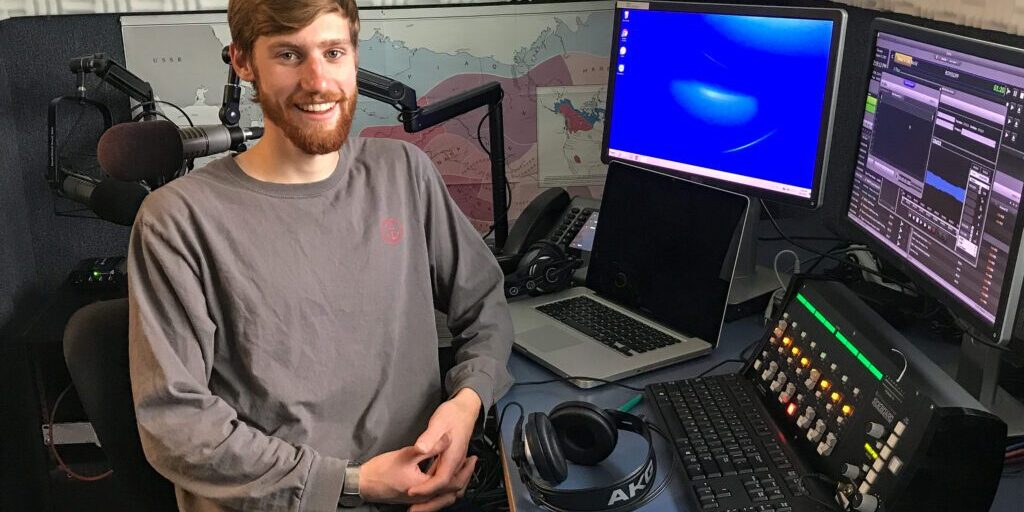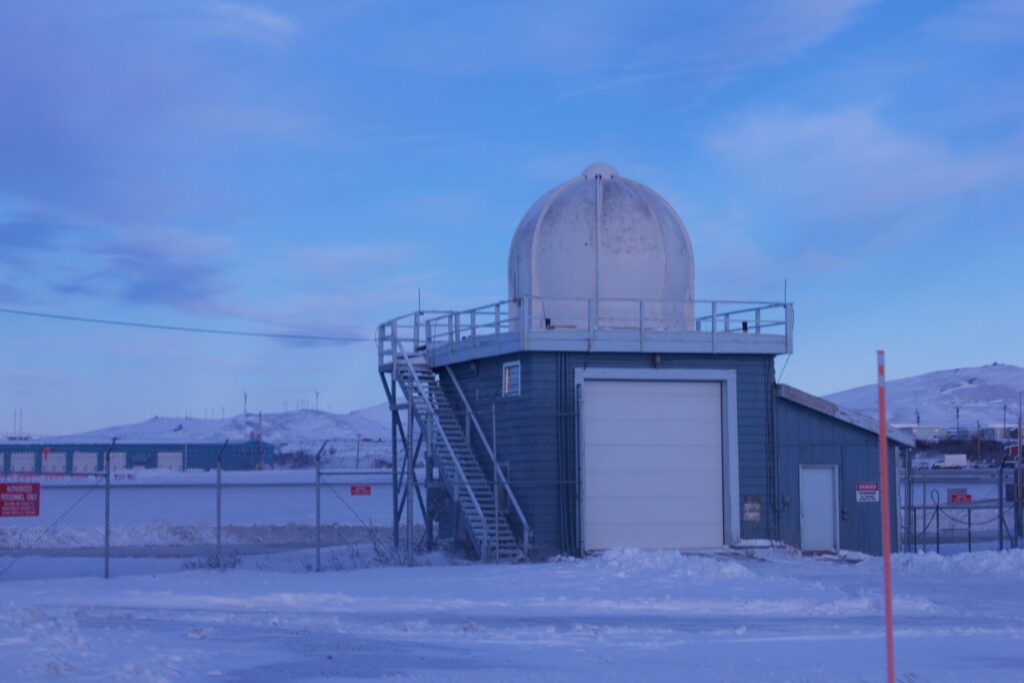In our volunteer blogs, we’ve talked a lot about the extraordinary things we do during the volunteer year: traveling to the villages, covering big races, writing a Christmas play. But you may be wondering, “What about the ordinary things? What do you guys actually do on a daily basis?”
A lot, it turns out. Since I’m a reporter, about two-thirds of my time is spent, well, reporting. Enjoy a brief summary of how that actually works:
- Figure out what the story is: either by getting an assignment from the news director, seeing an announcement of an event, getting a news tip from a community member, or noticing something happening during daily life (like a fire).
- Decide what type of story it’s going to be: a “reader” (short, just text that the newscaster will read); a “wrap” (medium-length, text that the newscaster will read with audio clips they’ll play during the story); a “package” (longer, fully edited-together story with you reading your own text, plus quote clips and ambient noise to fill out the scene); or a “profile” (an extended package of up to 10 minutes going more in-depth). This decision will inform the type and amount of research and audio-gathering you’re going to do.
- Get more information, and audio. In multiple ways:
- Doing research online: past KNOM stories, Nome Nugget articles, Alaska Public Radio Network stories, Anchorage Daily News stories, organization and business websites, sports score databases.
- Going to the event or location: It could be a school board meeting, a public testimony teleconference at the legislative information office, or a hearing at the courthouse. Alternatively, planning and executing travel to villages to get more in-depth on a story.
- Calling people. Lots of people. Different people. Multiple times. People might never call you back. Calling other people.
- Having someone come into the studio for an interview. Often, this will be people visiting Nome, like Senator Lisa Murkowski, Lieutenant Governor Byron Mallott, or scientists doing Arctic research.
- Keep track of your audio. Take notes during interviews, with timestamps, so you can easily find the quotes and information you’re going to want.
- Edit your audio. We use audio-editing software called Adobe Audition. Find and grab your quotes (clips of audio are called “cuts” in the radio world) and your ambient noise (“ambi” or “nat sound”).
- Write the story. Keep things simple. Write for the ear: It should be more informal than a print article.
- Get the story edited by the news director. Make your revisions. Print it out, put it in the newscast box, post it to the web.
Bam. You’re done. Sound easy?
I often have multiple stories going at any given point. Depending on the story, the turnaround could be an hour, a day, a week, or several weeks.
Add on top of that recording weather five times a week, doing four live newscasts a week (making sure I have enough stories, pulling from the Alaska Public Radio news network if need be), doing request shows and hotlines three times a week, participating in weekly staff meetings and station cleaning, planning and DJing my classical show, “Symphony Spotlight,” on Sunday mornings, and doing assorted other tasks around the station (moving shelves, shoveling snow, recording spots for Karen, downloading “American Top 40” and loading it into the system), and you’ve got yourself a pretty full weekly schedule for this volunteer.
Okay, so that’s what I do!
Image at top: A wild KNOM reporter (Gabe) in his natural habitat (the KNOM newsroom). (Photo: Margaret DeMaioribus, KNOM.)






